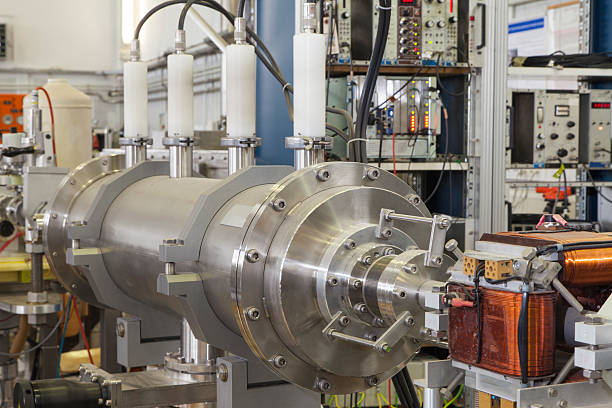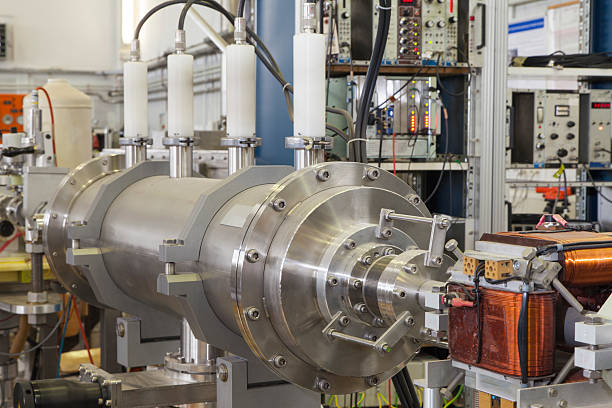
Are Proximity Sensors Dangerous?
Proximity sensors are integral components in the modern world, commonly used in automation, robotics, and safety systems. They are devices designed to detect the presence or absence of an object without requiring physical contact, making them valuable for a wide variety of applications. However, given their ability to generate electromagnetic fields and interact with the environment, it's natural to ask, "Are proximity sensors dangerous?" In this comprehensive article, we explore the different types of proximity sensors, their working principles, safety aspects, and what measures to consider when using them.
Understanding Proximity Sensors: Types and Applications
Proximity sensors come in a variety of types, each designed to detect specific objects or materials through different working principles. They can be broadly categorized as inductive, capacitive, magnetic, photoelectric, ultrasonic, and Hall effect sensors.
1. Inductive Proximity Sensors
How They Work: Inductive proximity sensors use electromagnetic fields to detect metallic objects. These sensors emit an electromagnetic field from their coil, and when a metal object enters this field, it changes the field's characteristics, allowing the sensor to detect the object.
Common Uses: They are widely used in automation industries for machine positioning, metal detection, and presence sensing of parts in assembly lines.
Potential Safety Concerns: Inductive sensors generate low-frequency magnetic fields, which are generally considered safe for humans and animals. They are non-ionizing, meaning they do not cause molecular changes in biological tissues.
2. Capacitive Proximity Sensors
How They Work: Capacitive proximity sensors can detect both metallic and non-metallic objects. They create an electric field between the sensor and the object, and changes in this field due to a nearby object trigger a detection event.
Common Uses: They are used in level sensing applications, such as detecting liquid levels in containers or solid objects in silos.
Potential Safety Concerns: Capacitive sensors generate low-power electric fields that are not harmful. However, they may occasionally interfere with other electronic devices if improperly shielded.
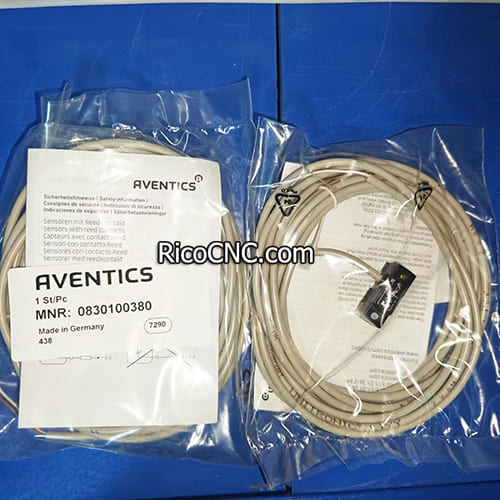
Explore More About AVENTICS Proximity Switch Sensor
3. Magnetic Proximity Sensors
How They Work: Magnetic proximity sensors use magnetic fields generated by a permanent magnet to detect metallic objects, usually those that are magnetically responsive.
Common Uses: These sensors are utilized in safety systems for doors, positioning systems, and mobile machinery.
Potential Safety Concerns: Magnetic fields in these sensors are low-strength, meaning they are not capable of causing harm to people. However, they could interfere with medical devices such as pacemakers if the sensors are placed very close to these devices.
Magnetic proximity sensors are a reliable and non-invasive means of detecting metal objects, ensuring consistent performance with minimal safety concerns.
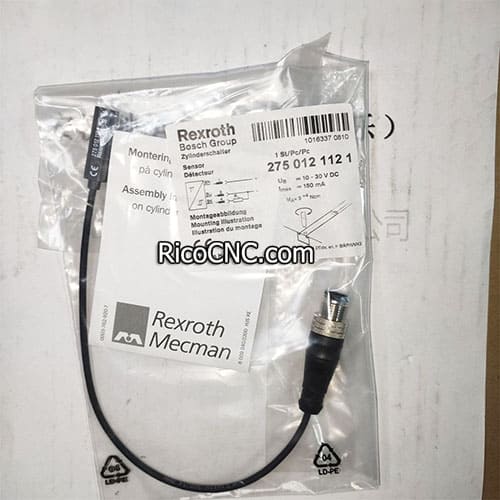
Learn More About Rexroth Magnetic Proximity Sensors
Are Proximity Sensors Safe to Use?
1. Non-Ionizing Radiation
The vast majority of proximity sensors operate on non-ionizing radiation, meaning they do not produce radiation that can ionize molecules in human tissue. Non-ionizing radiation includes electromagnetic waves that are not capable of altering cellular structures or damaging DNA. This makes proximity sensors fundamentally safe for both humans and animals in regular usage environments.
2. Types of Emitted Fields and Their Safety
Electromagnetic Fields: Inductive proximity sensors, for example, use electromagnetic fields that are at such low frequencies that they do not cause harm to biological tissue. Unlike X-rays or gamma radiation, they do not pose a cancer risk.
Ultrasonic Waves: Ultrasonic sensors use sound waves at frequencies higher than what the human ear can perceive. Although they operate at higher power levels compared to other proximity sensors, the energy dissipates quickly, making them safe for most applications.
3. Exposure Limits
There are international standards set by regulatory bodies such as the International Commission on Non-Ionizing Radiation Protection (ICNIRP), which guide the safe limits for exposure to electromagnetic fields. Proximity sensors used in industrial and consumer products adhere to these safety standards, ensuring that their use does not exceed these established safe exposure limits.

Installation Types and Safety Considerations
The safety of proximity sensors is also dependent on how they are installed. Sensors must be installed with safety in mind to ensure that they operate without interference or risks to users or bystanders.
1. Flush vs. Non-Flush Installation
Flush Installation: This type of installation means that the sensor face is mounted flush with the surrounding metal. It helps protect the sensor from damage and limits interference from nearby objects.
Non-Flush Installation: A non-flush or partially shielded sensor extends slightly beyond the mounting surface. This allows for better sensitivity in detecting objects but must be positioned carefully to avoid accidental triggering.
The installation method should be chosen based on the intended application, especially when the environment involves people interacting with machinery. Using the appropriate flush or non-flush mounting type can prevent unintentional contact or accidental triggering.
2. Shielded vs. Unshielded Sensors
Shielded Sensors: These sensors have metal sleeves around the sensing element, which reduces the impact of surrounding metal objects and enhances precision. They are safer in environments with high-density machinery.
Unshielded Sensors: They do not have such metal sleeves, which gives them a broader sensing range but can lead to interference. Proper safety margins must be observed to prevent false readings.
Selecting shielded or unshielded sensors based on the environment is crucial to ensure not only operational efficiency but also user safety.
Proximity Sensors and Their Interaction with Humans
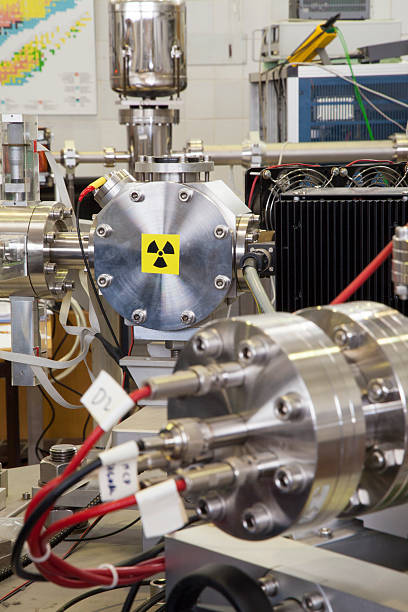
Proximity sensors are often used in environments where humans are present, such as automated factories, door security systems, or consumer electronics. Understanding their interaction with humans helps mitigate any perceived risks.
1. Safety in Industrial Automation
Safety Compliance: Proximity sensors used in automation are designed to comply with safety standards such as ISO 13849 for safety-related parts of control systems, ensuring they do not pose hazards during normal operation.
- Emergency Stop Systems: In automated environments, sensors are used to initiate emergency stops if a human inadvertently enters a restricted area. This highlights their role in enhancing, rather than jeopardizing, safety.
2. Consumer Safety
Proximity sensors are also commonly found in consumer products such as smartphones and cars.
Smartphones: Capacitive sensors are used in phones to detect the proximity of the user, such as turning off the screen during a call to prevent accidental touch. The energy output from these sensors is extremely low, posing no health risks.
- Automobiles: Proximity sensors help detect nearby objects, such as pedestrians, to enhance driver awareness. They operate at low-power levels, ensuring they do not emit harmful radiation.
Conclusion: Are Proximity Sensors Dangerous?
In conclusion, proximity sensors are generally not dangerous. They use non-ionizing radiation, low-frequency electromagnetic fields, or sound waves, none of which have been shown to cause harm in regular usage scenarios. These sensors are integral to the safety and efficiency of many systems, from industrial automation to consumer products.
It is important to follow installation guidelines and standards set by international bodies to ensure that these sensors operate safely. Proper positioning, shielding, and adherence to exposure limits are key factors in minimizing any risk associated with their use. When implemented correctly, proximity sensors not only operate safely but significantly contribute to user safety in various settings.
To explore more about the proximity sensors we offer, feel free to visit our product catalog. We have a wide variety of magnetic, capacitive, and inductive sensors suitable for multiple industrial applications, ensuring that safety and efficiency are never compromised.
FAQs
1. Are proximity sensors harmful to human health?
No, proximity sensors are not harmful to human health. They operate using non-ionizing radiation and low-level electromagnetic fields, which do not pose risks like ionizing radiation does.
2. Can proximity sensors interfere with medical devices?
Magnetic proximity sensors can interfere with certain medical devices, such as pacemakers, if positioned very close. However, in typical installations, this is not a concern.
3. Are ultrasonic proximity sensors safe?
Yes, ultrasonic proximity sensors are safe. They emit high-frequency sound waves beyond the range of human hearing, which dissipate quickly and do not pose any health risks.
4. How can I ensure that proximity sensors are safely installed?
To ensure safe installation, choose the appropriate flush or non-flush mounting type and ensure proper shielding to prevent false readings or unintended interference.







